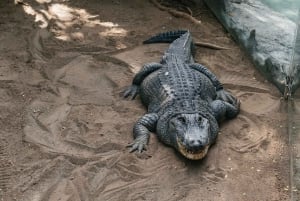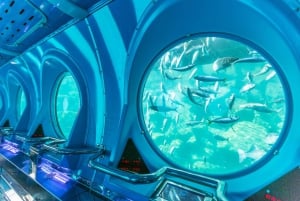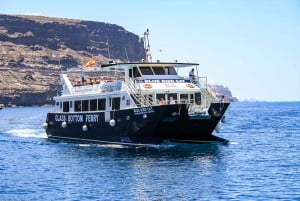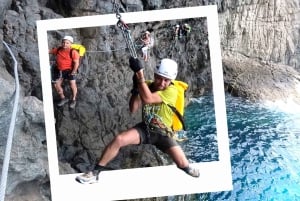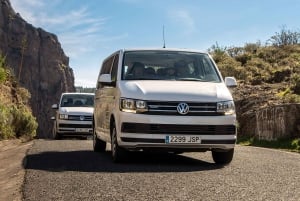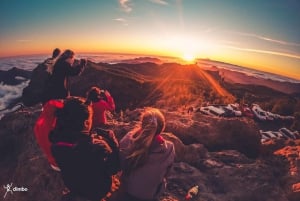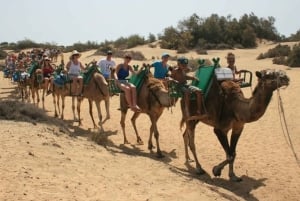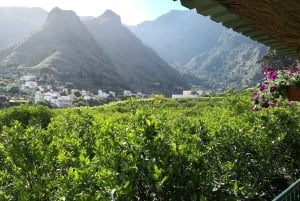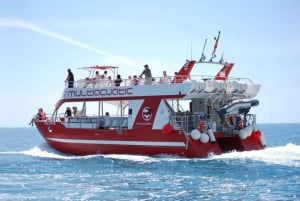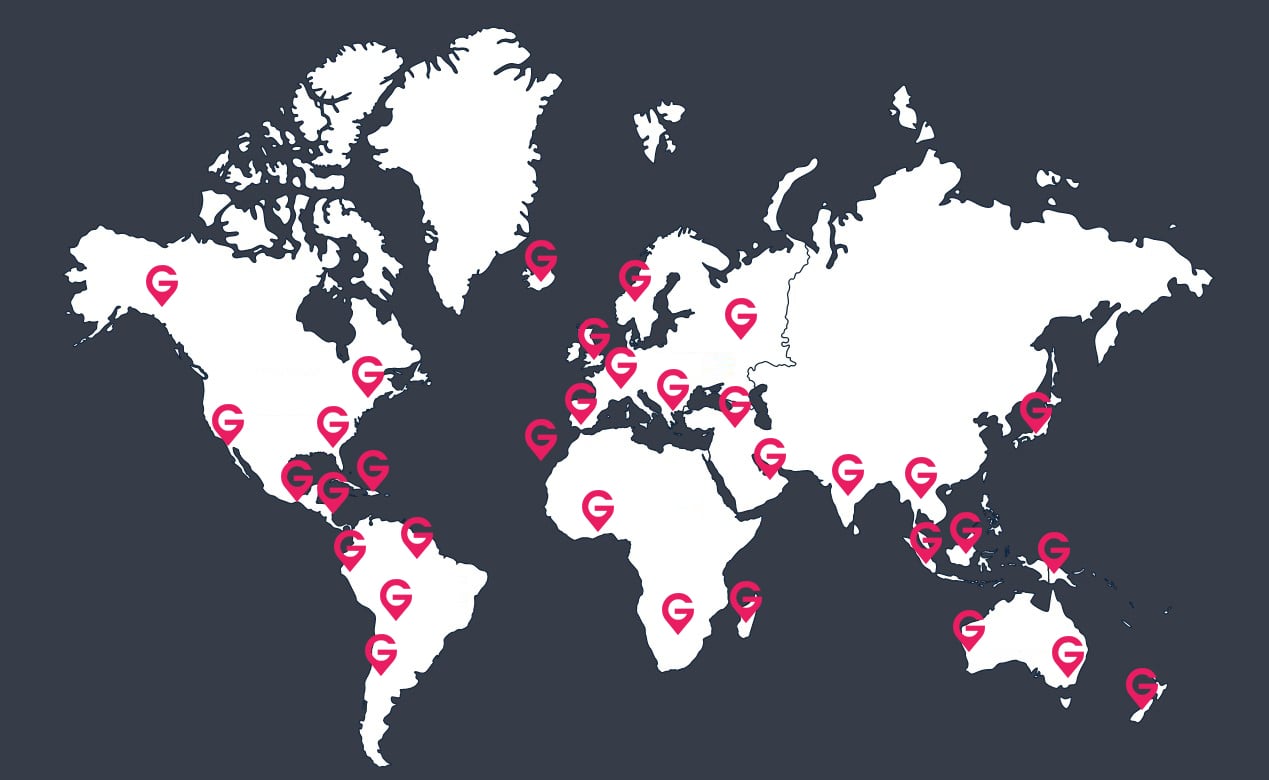Gran Canaria: Frequently asked questions
The truth, the quirks, and the need-to-knows about Gran Canaria
 The truth, the quirks, and the need-to-knows about Gran Canaria
The truth, the quirks, and the need-to-knows about Gran Canaria1. Is Gran Canaria warm all year round?
Mostly, yes. Even in January, you can sunbathe in the south while your mates back home are de-icing the car. Temperatures rarely drop below 18°C, though the mountains can surprise you with a chill. Pack layers, not parkas.
2. Which part of Gran Canaria is best to stay in?
Depends on your vibe. For beach bars and nightlife, Playa del Inglés and Maspalomas deliver. For peace and palm trees, try Puerto de Mogán. Las Palmas offers city buzz and surfable beaches.
3. Do I need to hire a car in Gran Canaria?
Not always. If you’re sticking to resorts, buses and taxis do the trick. But to reach misty pine forests, wild coves or mountain villages where goats outnumber people? Then yes, four wheels and a sense of adventure are recommended.
4. Is Gran Canaria safe?
Very. Petty theft happens (like anywhere touristy), but violent crime is rare. You’re more likely to be injured by a dodgy mojito or rogue sunburn than anything sinister. Still, keep an eye on your bag at the beach.
5. What’s the food like?
Far better than it needs to be. Think fresh fish grilled with garlic, wrinkly salt-crusted potatoes (papas arrugadas), spicy mojo sauces, and goat’s cheese that makes supermarket cheddar weep with shame. Yes, you’ll still find full English breakfasts... if you must.
6. Can I drink the tap water?
Technically, yes. But it doesn’t taste great - like tea brewed in a kettle that’s never been descaled. Most people drink bottled water, which is cheap and easy to find.
7. Do people speak English in Gran Canaria?
In the resorts, absolutely. In village bars, less so - but a smile, some gestures and a few Spanish words (dos cervezas, por favor) go a long way. Don’t be shy. Locals appreciate the effort, even if it’s hilariously wrong.
8. What’s Gran Canaria famous for?
Year-round sunshine, epic sand dunes, dramatic volcanic scenery and a coastline that flips from surf beaches to sleepy coves in half an hour. Oh, and Carnaval. Expect feathers, drums, and more glitter than a drag queen’s dream diary.
9. Is Gran Canaria good for kids?
Brilliant. Beaches with gentle waves, waterparks, camel rides, boat trips, and playgrounds in almost every square. Spanish culture is famously child-friendly; don’t be surprised if your toddler’s still dancing at 10pm, with grandma cheering her on.
10. Can I use euros?
Yes, and you won’t need a converter or an abacus. Gran Canaria uses the euro, and most places take cards, even tiny cafés. Just carry some cash for bus fares and beach beers.
11. How gay-friendly is Gran Canaria?
One of the most LGBTQ+ friendly spots in Europe. Maspalomas is legendary, with rainbow-flag-flying bars, clubs, and events all year round. Pride here isn’t just a parade, it’s a week-long beach party with sequins and sunshine.
12. When’s the best time to visit Gran Canaria?
Honestly? Any time. But for the sweet spot of warmth without the crowds, aim for April–June or late September–November. Avoid August if you hate heat and human traffic. Carnaval in February is madness... but the best kind.


